Call for Proposal
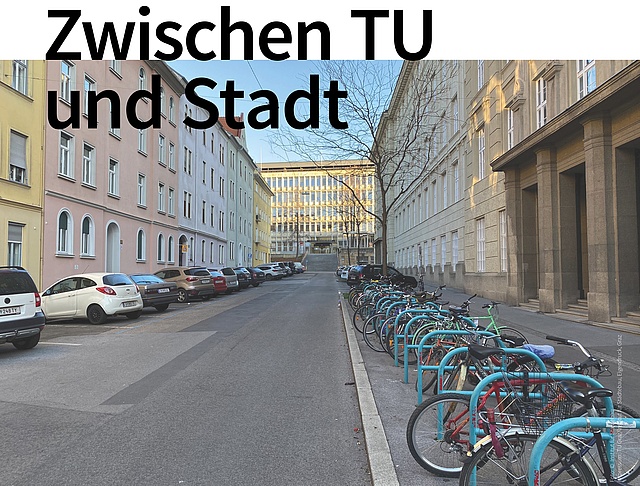
The campuses of the Technical University are embedded in the urban fabric of Graz. For more than 200 years, extensions to the campuses have met the new demands of teaching and research. The (public) open spaces between the buildings and campuses are not unaffected. In the course of the mobility concept of Graz University of Technology, car parking spaces around the campuses were converted into open spaces.
With this Master's thesis, we now want to once again pay special attention to these spaces in between. The surroundings of our campuses "Neue Technik" and "Inffeldgasse" are to be analysed, similar to international examples that connect and promote teaching, research and innovation, and a pedestrian-friendly campus atmosphere is to be developed. Our places of knowledge and exchange should serve the neighbourhood and the public as well as the everyday life of students and staff. Continuous connections between buildings and campuses in relation to corresponding needs can be formative for the designs. In terms of sustainability, upgrading the TU's public forecourts can also fulfil a social responsibility.
Application deadline:
15. March 2021
Documents as PDF by mail to urbagraz@tugraz.at
Call for Proposal
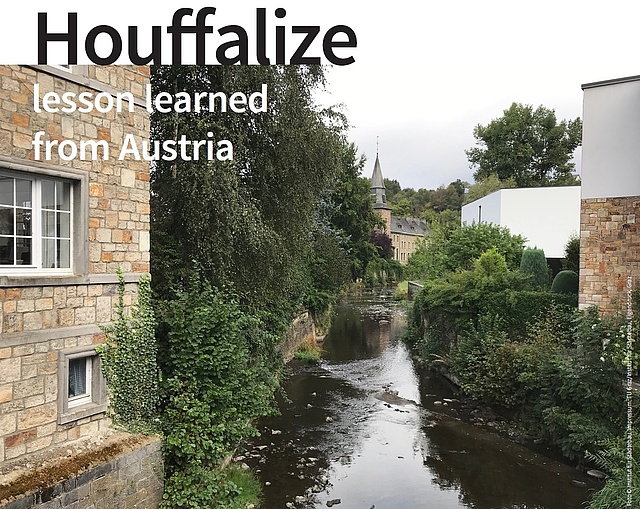
The tourist town of Houffalize is located in the middle of the Ardennes, on the border between Luxembourg and Belgium. The town, with just over 5000 inhabitants, would like to orientate its further development more towards the Ourthe Orientale river and focus more on active mobility. The St. Catherine's Priory, founded in 1243, and facilities in the town are to be restructured and new forms of housing developed.
The tendered Master's thesis is to develop a transformation strategy for this, referring to Austrian best practice examples and building on the results of the participatory workshops already held in the town.
In the development, Austrian good practice examples from rural areas will be used and different concepts will be reinterpreted in Houffalize.
Application deadline:
15 November 2020
Documents as PDF by mail to urbagraz@tugraz.at
Call for Proposal
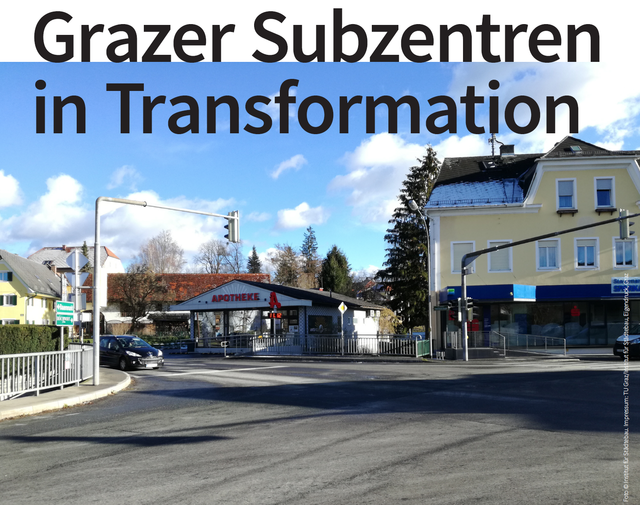
Subcentres are centers of urban life, which appear in many different forms: Where historical settlement centers once formed a center and generated a trading place and meeting place, today mostly motor vehicle traffic dominates. However, the quality of public spaces in the Graz suburbs of Andritz, Straßgang, St. Peter, etc. has a decisive influence on the quality of life of their inhabitants. The historical centers of these districts, which are often hardly usable at present, have the chance to become identity-forming spaces of public life!
The promotion of environmentally friendly forms of mobility and an increase in the quality of life are key aspects in their development. The networking of the sub-centres with each other and the problems arising from the settlement of large-scale retail trade are also central challenges. What does a subcentre need? What functions and design requirements must these central locations of the sub-center fulfill? How can functional centers be established and promoted? The result of this study is the location of the Graz sub-centers, the analysis of their urban development significance and the range of public spaces and infrastructures they offer. In addition, recommendations for action or drafts for their transformation into identity-forming district centers with a quality of stay will be developed.
Application deadline:
15 November 2020
Documents as PDF by mail to urbagraz@tugraz.at
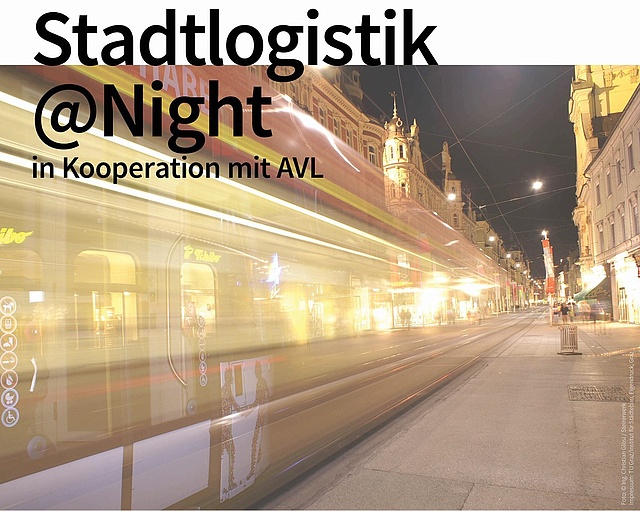
As deliveries of goods and commodities for everyday and specific needs are becoming more and more common, hubs at good locations in the city, from which the supraregional supply streams are collected and redistributed, are a sustainable alternative. Neighbourhood or district distribution centres are addressed by load wheels and micro-logistics systems and offer the possibility of a more fluid and controlled delivery traffic, especially outside the usual rush hours. Deliveries during the night hours disentangle the daily peaks in delivery traffic, and in addition, individual traffic at this time of day is hardly relevant. Therefore, the efficient use of existing infrastructure is ideal when fast bike connections transform into logistics routes within the city, for example.
Therefore, the first step of the project is to develop an atlas for urban logistics applications with short distances at night and to find criteria for the planning. A further task is to find and plan a pilot for the application. This is to be defined with details for implementation. Adjustments of building structures, approaches to solving problems and conflicts that arise as well as general effects, spatial expansion and urban sociological consequences of such concepts are to be dealt with.
In this master thesis AVL GmbH is available for the informative exchange of technical requirements, for example for infrastructure.
Application deadline::
15 June 2020
Bildcredit: Photo & Travel magazine mypics.at
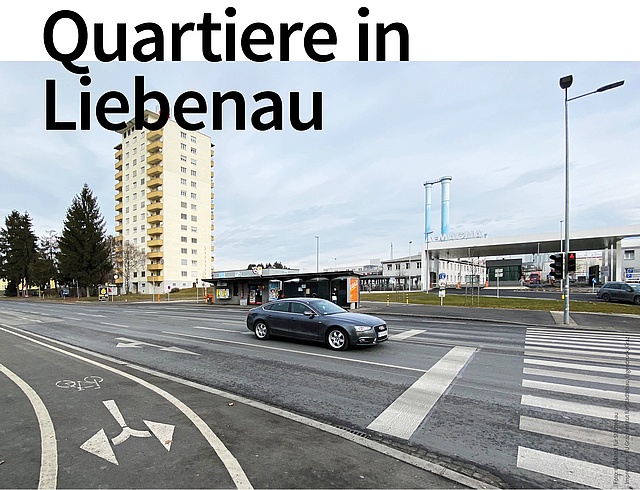
The accessibility of the large company Magna-Steyr with its thousands of employees demands the infrastructure of the core conurbation of Styria. Forecast expansions and densification in the urban area offer new arrivals to this suburban location of Graz a special potential between the inner-city advantages and the proximity to peripheral recreational opportunities. Between the river Mur and the Raaba railway station there are prominent areas where large-scale business and technological aspects mix with small-scale residential structures. Commonly used spaces offer space for both actors, cooperative overcoming of barriers creates active connections through otherwise closed areas and streets. Liebenau offers a diverse and lively coexistence between Murpark, the southern belt, Magna-Steyr and the motorway.
The definition of functional mixes in the Liebenau district of Graz with sufficient density, the design and distribution of open space qualities as well as visionary urban development are the main focus of the work. New neighbourhoods in the border area between the large company form and the small living areas all around are to enhance the Liebenau district in the south with diverse functions and qualitative spaces and strengthen neighbourly relations.
Application deadline:
28. February 2020
Documents as PDF by mail to urbagraz@tugraz.at
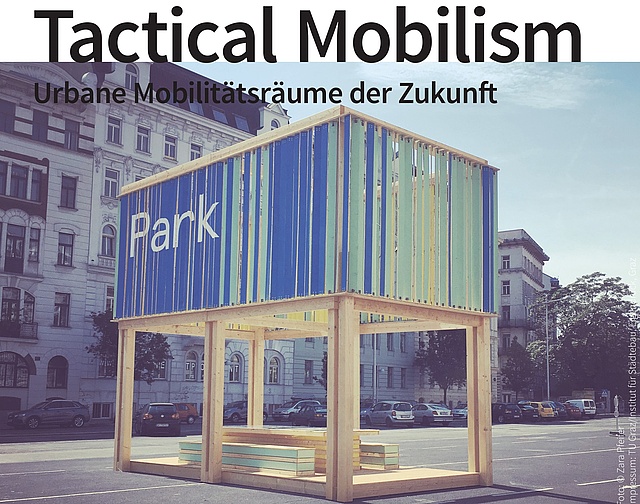
The public spaces of most European cities are still designed in favour of motorised private transport. Traffic areas are almost exclusively oriented towards motor vehicle traffic and even potential recreation areas are increasingly being used as parking spaces for cars. This continuing trend reduces the functionality of public space as a meeting point, lounge and space for active mobility. At the same time, social participation in public life is made more difficult and the use of sustainable forms of mobility is reduced.
The Tactical Mobilism project aims to develop time-limited, simple and cost-effective interventions in the transport sector that make public space usable again as such.
For this purpose we are looking for Master students who want to deal with the development, design and implementation of such interventions for the twin city Villach as well as the elaboration of prototypical and transferable intervention categories for other cities.
Application deadline:
16th december 2019
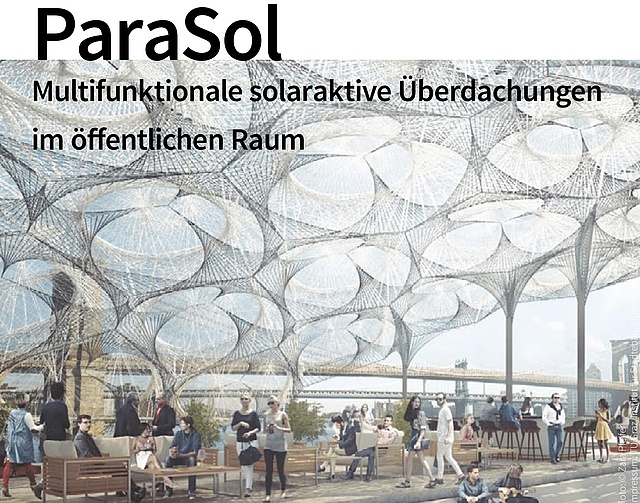
A considerable part of our cities is occupied by areas of moving and stationary traffic. Outdoor parking spaces in particular are highly unecological, space-intensive, mostly monofunctional and often used only part-time. They seal the floors, promote summer overheating and have no added value for city dwellers. At the same time, energy efficiency and climate objectives can no longer be achieved without the inclusion of public spaces. How can such deficient urban areas be transformed into functionally and spatially valuable, superimposed urban spaces through solar-active roofing and innovative street furniture? The focus will be on the qualitative exploration of advantages and disadvantages for urban space and cityscape:
- Evaluation and definition of architectural and urban framework conditions, objectives and potentials
- Development of prototypical creative solution variants
- Location and description of functional synergy potentials
We are looking for Master's students who, using the example of concrete public spaces in Leoben, are investigating the effects that newly developed, solar-active square and street roofings have on the cityscape and urban function and which further synergies they bring with them.
Application deadline:
16th november 2019